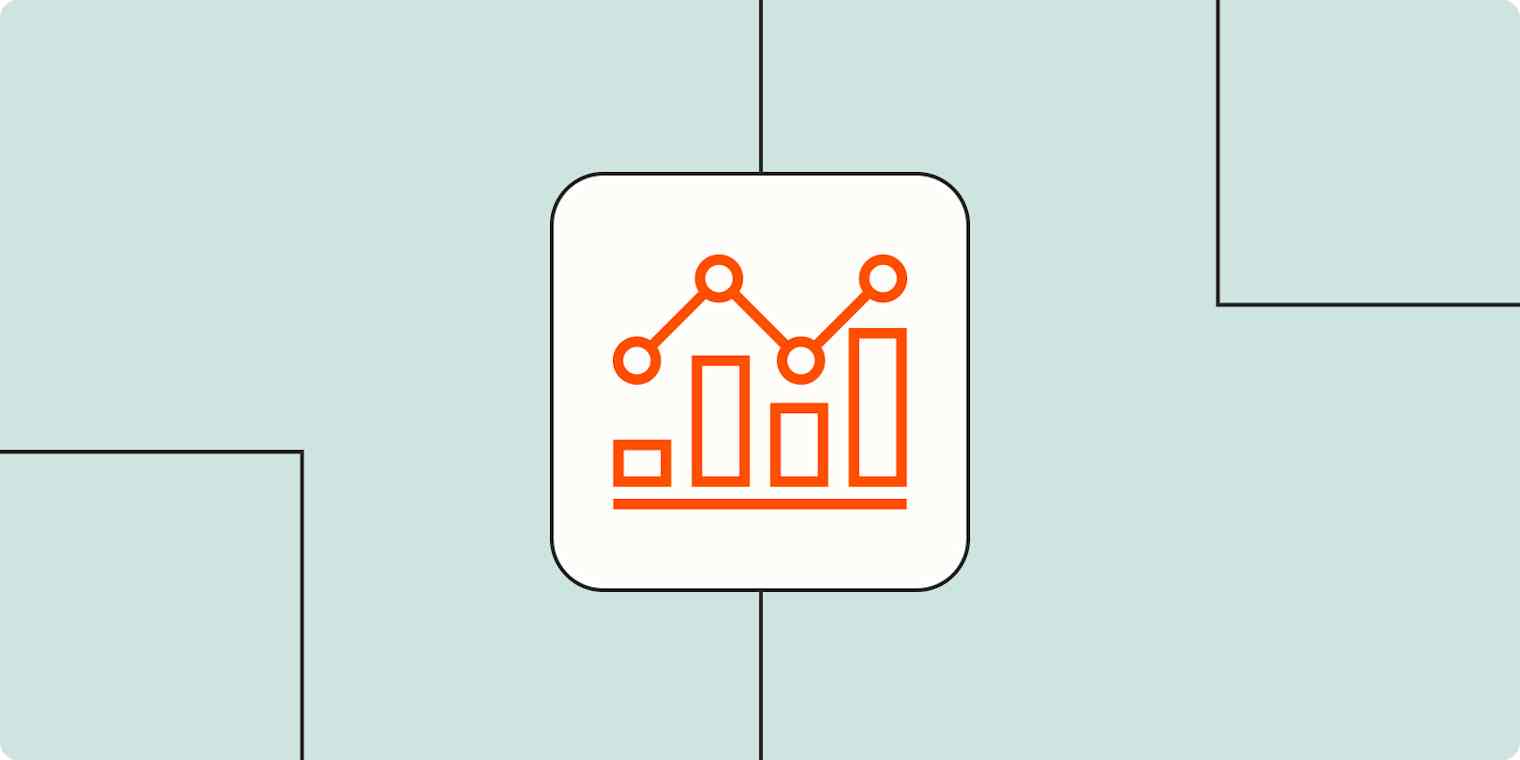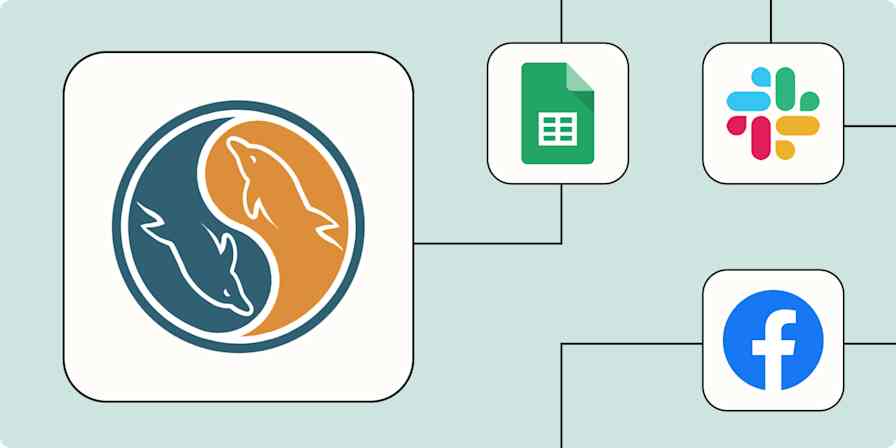Business tips
13 min read17 key SaaS metrics your company should track (plus a cheat sheet)
By Cecilia Gillen · June 6, 2024

Get productivity tips delivered straight to your inbox
We’ll email you 1-3 times per week—and never share your information.
tags
Related articles
Improve your productivity automatically. Use Zapier to get your apps working together.







